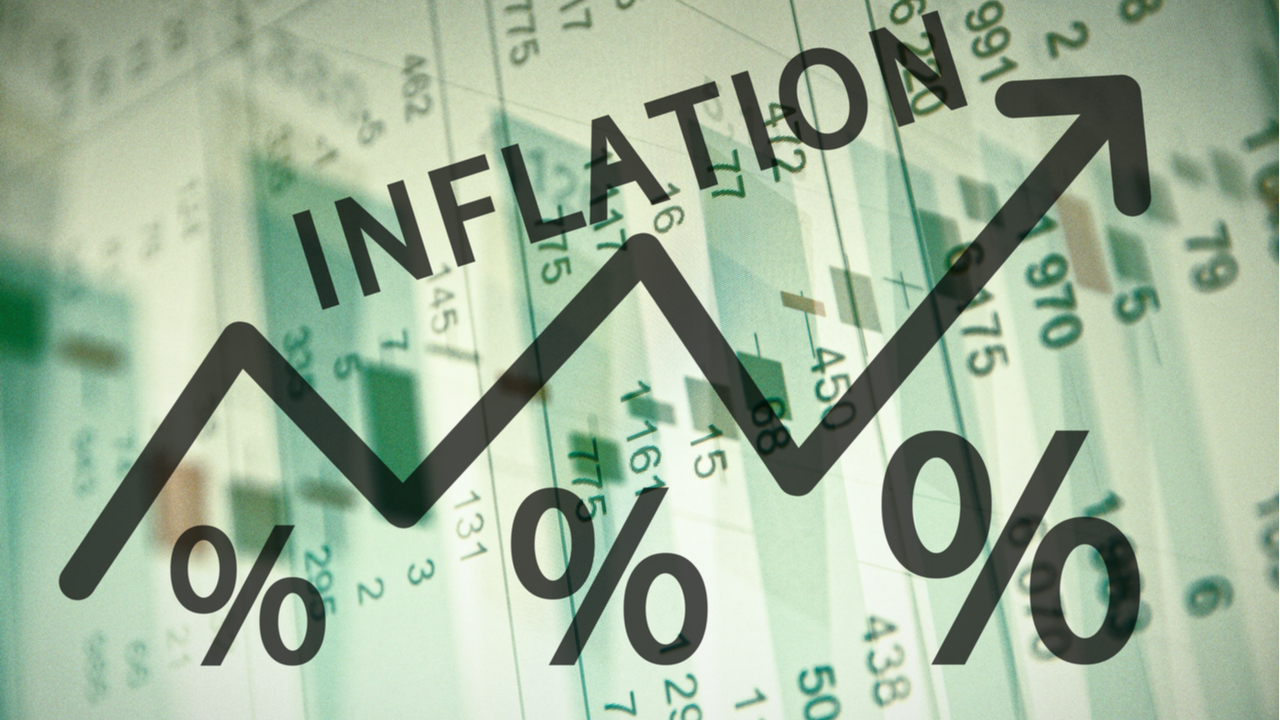Will stagflation come?

Between fears of stagflation and signs of improvement. The analysis by Pasquale Diana, Head of Macro Research of AcomeA SGR.
We hear more and more of stagflation, which is a combination of recession or zero growth (stagnation) and high inflation. This combination often coincides with sharp rises in oil prices, such as in the 1970s.
For several reasons, stagflation today appears less likely than in the 1970s: inflation expectations are more stable, our economies use less energy than in the past, and the rise in crude oil has been less severe than in the 1970s. very good the BIS in a recent article .
However, more than stagflation itself, what really worries the market is the direction of travel: are we really in a situation in which inflation continues to surprise on the upside while growth disappoints expectations?
Looking at the evolution of the consensus particularly on growth in China and Europe, these fears are understandable. Just a few weeks ago, the market was expecting 6% growth in China and 4% growth in Europe in the second quarter. Now, these estimates are around 1%. And as far as inflation is concerned, prices have grown at a rate close to 10% annualized in the last 3 months in both the Eurozone and the US.
Given these dynamics, the priority of central banks that still have interest rates close to zero is to contain inflation, even by weakening demand if necessary. The Fed led the market to two 50bp hikes in June and July, and the ECB basically predicted a 25bp hike in July.
It must be remembered that inflation by itself is not a problem for the market. That said, such high inflation forces central banks to raise rates regardless of what happens to growth. For this reason, rates rise even when (as now) economies do not have the strength to handle higher rates. This is the key reason that stagflation risks worry markets, and the root cause of the losses in risk markets seen this year.
What can interrupt this apparent negative spiral? There are three factors, which can clearly be mutually reinforcing.
First, a slowdown in the inflation momentum. We are referring here not so much to the year-on-year dynamics, which will inevitably enjoy favorable statistical effects (base effects) in the months to come that will slow down inflation. Rather, it will be important to see if inflation slows down on a cyclical, therefore monthly basis.
Second, there are clear signs that rate hikes are already having an effect on the economy, and so central banks are starting to play a less hawkish tone. This would mean that much of the rate adjustment has already taken place.
Third, an improvement in global growth prospects, particularly in areas (China, Europe) where the risks seem greater.
There are (timid) signs that bode well. Let's see which ones. On inflation, the April data continue – as seen – to have frankly worrying dynamics. It is also true, however, that expectations of future inflation have stabilized and that wage dynamics are not of great concern at the moment.
On rates, it is clear that the return of US 30-year mortgage rates to their highest level since 2011 (over 5%) is having a strong effect on the housing market. In April, US home sales had fallen more than 40% from their 2020 peak. It is not surprising, then, that the Fed's tone is starting to change marginally. For example, Bostic (Atlanta Fed chairman) hinted that the Fed might consider a pause in its bullish cycle in September.
Finally, in China we are witnessing government decisions to make more aggressive use of the fiscal lever and – above all – a gradual exit from the recent lockdowns, which have paralyzed economic activity. It is not yet clear how China would react to new waves of Covid. However, if it managed to avoid new lockdowns, this would also normalize global supply chains and take away pressure from inflation.
In conclusion, there are reasons to be cautiously more optimistic. We have seen a major correction in the market and a significant rise in long-term interest rates, which has taken them to much more appropriate levels. From here on, it is therefore legitimate to expect an improvement in market returns in the sectors where this rise in rates – accompanied by a widening of the spread – has done more damage. This includes, for example, hard currency emerging market debt.
This is a machine translation from Italian language of a post published on Start Magazine at the URL https://www.startmag.it/economia/arrivera-la-stagflazione/ on Sun, 05 Jun 2022 05:57:26 +0000.
